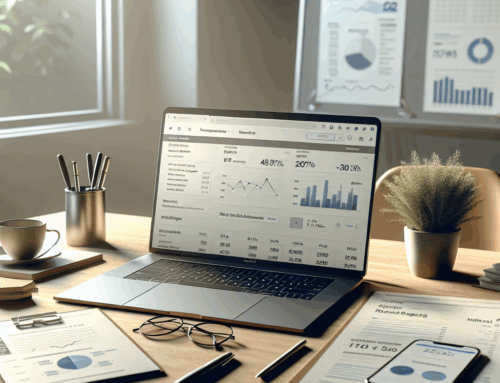If you’re in charge of marketing in an environmental services company, we’d like to offer you our sincere condolences. In fact, if we could, we’d give you a hug, a bowl of soup, and wrap you in one of those shock blankets that the paramedics use. We know what you’re going through.
We know that while your colleagues and boss (or probably bosses) are turning to you for answers to big questions like “why aren’t more people coming to our website?” and “why aren’t we generating more quality leads?”, you’re stuck trying to push the boulder of conventional marketing up a hill that just gets steeper and steeper. For instance, you’re probably struggling with:
- An ad hoc mix of complex tools that don’t integrate with each other, and therefore fail to give you a complete picture of your marketing campaigns.
- An inability to track progress and results – which means that you don’t know if your marketing spend is tracking towards ROI, or headed in the other direction.
- A lack of insight and information on your leads and prospects (probably because your contact forms are either asking too little or too much!).
- Runaway costs that are making your overall marketing program too expensive to support – and increasingly difficult to justify.
However, while this daunting scenario is widespread in the environmental services industry, the good news is that it’s not systematic. It can be effectively and permanently solved – and that’s where inbound marketing enters the picture. For example, as noted by HubSpot, Heritage Environmental Services used inbound marketing to increase ROI by 500 percent, increase social media reach by 135 percent, and increase leads by 58 percent.
Below, we highlight the 3 key ways that inbound marketing works for environmental services firms:
- Increase Reach
Inbound marketing enables environmental services firms to push relevant content out through a centralized platform vs. managing multiple tools and accounts. This saves time and money, and allows firms to establish themselves as thought leaders in their marketplace.
- Generate Leads
Through inbound marketing, environmental services firms can create assets (e.g. ebooks, infographics, etc.) and associated landing pages to collect qualified leads, and automatically nurture them through targeted campaigns. This is particularly important, because often-times sales teams cannot contact prospects immediately. Automated communication prevents firms from falling off their prospects’ radar screens.
- Track Results in Real-time
Last but not least: unlike conventional “interrupt” marketing, inbound marketing is designed for tracking and analytics. As such, environmental services firms (and marketing professionals in particular!), don’t have to hope for the best. Rather, they can monitor results in real-time, and make necessary adjustments to achieve the shortest path to sustainable and rewarding ROI.
Learn More
To learn more about how inbound marketing can work in your environmental services firm, contact Leap Clixx today. We understand the challenges you’re facing, and the goals you need to achieve. We’ll provide you with the tools, technology and guidance you need to thrive in a competitive marketplace (and you won’t need a shock blanket!).
For more on inbound marketing and best practices, download our FREE eBook “A Guide to Inbound Marketing Best Practices” below:
{{cta(‘bd8404aa-e053-481c-9e10-8dd744e59b2f’)}}





